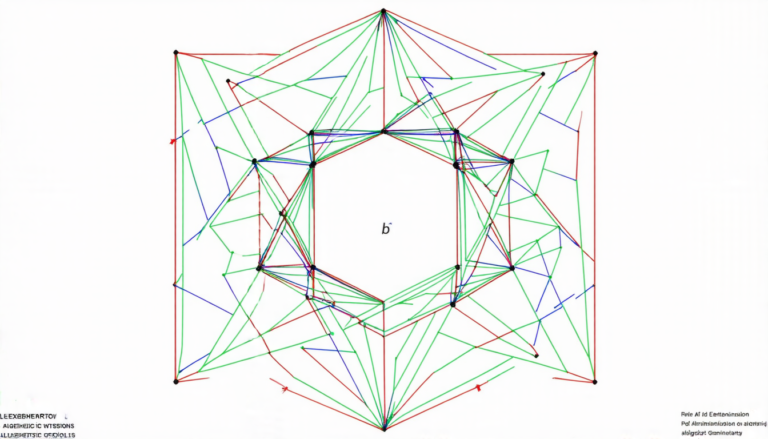Monday 07 April 2025
The math behind machine learning just got a whole lot more interesting. Researchers have made significant progress in understanding how to convert complex mathematical problems into algorithms that can be used by computers, and it’s all thanks to a fascinating new connection between geometry and probability.
At its core, machine learning is about finding patterns in data. But what happens when the patterns become so complex they defy traditional mathematical approaches? That’s where the Laplacian comes in – a mathematical operator that describes how things spread out or converge over space and time.
In recent years, scientists have been exploring ways to use the Laplacian as a tool for understanding complex systems like social networks and brain activity. But the problem is, these systems are often too big and noisy to be analyzed directly using traditional methods.
That’s where the paper comes in – it presents a new approach that uses probability theory to simplify the Laplacian and make it more manageable for computers. The idea is that by modeling the spread of information through a network as a random process, you can develop algorithms that are both efficient and accurate.
The math behind this approach is surprisingly elegant. It involves using a technique called diffusion maps to convert the complex geometry of the data into a simpler, probabilistic framework. This allows researchers to use standard statistical methods to analyze the data and identify patterns that might have been lost otherwise.
One of the key insights of the paper is that these algorithms can be used to study not just individual networks, but also how they change over time. This could have major implications for fields like epidemiology, where understanding the spread of disease is crucial for developing effective treatments.
But what’s really exciting about this work is its potential to unlock new areas of research. By providing a framework for analyzing complex systems, scientists may be able to tackle problems that were previously thought to be intractable.
For example, researchers could use these algorithms to study the behavior of flocks of birds or schools of fish – complex systems that are still poorly understood. Or they could apply this approach to understanding how information spreads through social media, which is crucial for developing effective disinformation campaigns.
Of course, there’s still much work to be done before these algorithms can be used in practice. But the potential benefits are enormous, and it will be exciting to see where this research takes us in the years to come.
Cite this article: “Unlocking the Secrets of Manifold Learning: A New Framework for Convergence and Optimization”, The Science Archive, 2025.
Machine Learning, Geometry, Probability, Laplacian, Complex Systems, Algorithms, Diffusion Maps, Statistical Methods, Epidemiology, Data Analysis.







